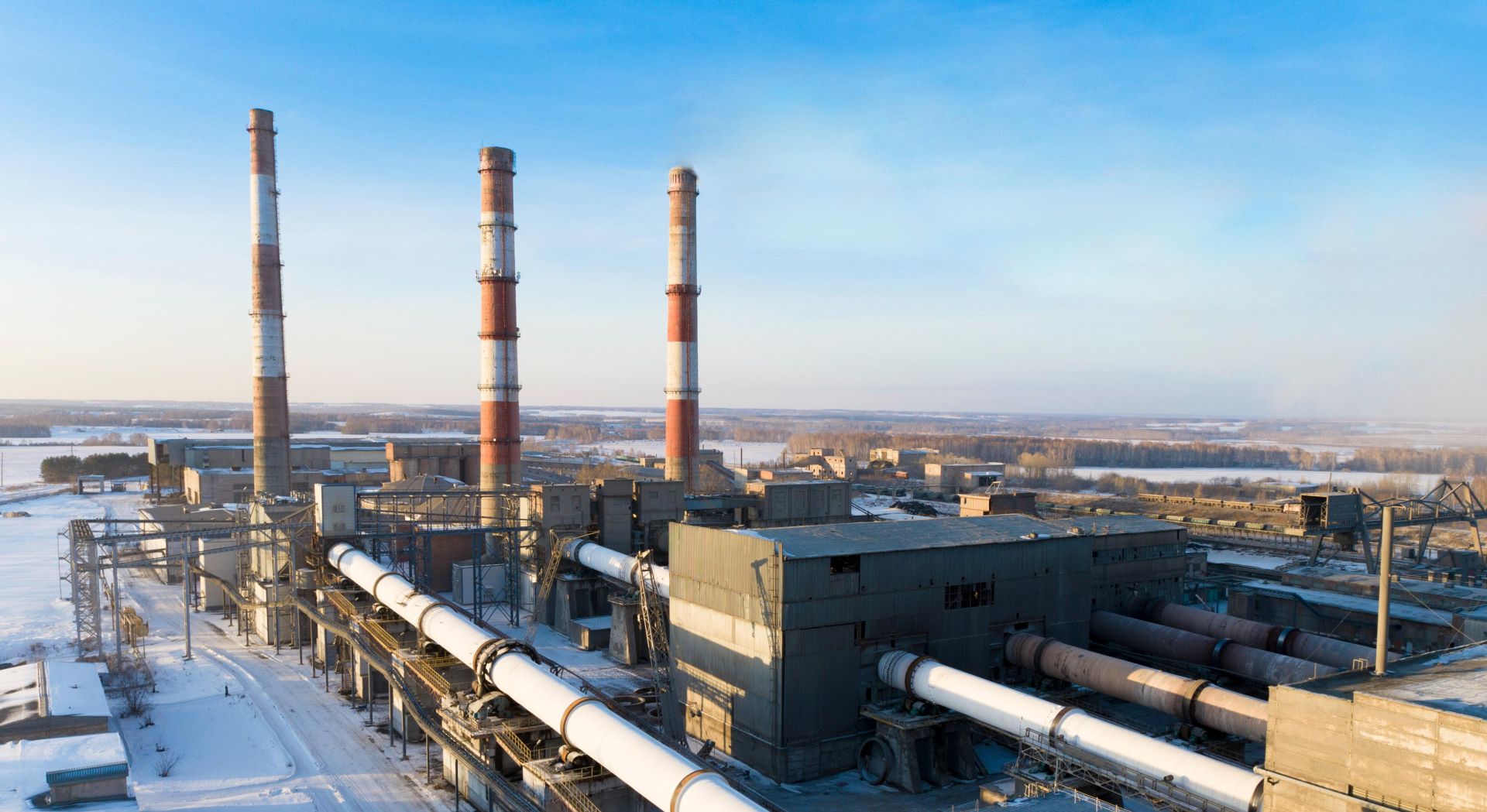Sampling of industrial emissions into the atmosphere

Sampling of industrial air emissions is a key step in monitoring air quality and compliance with environmental norms and standards. This process makes it possible to assess the state of the environment, determine the level of pollution and take the necessary measures to reduce it.
When sampling of industrial air emissions is required
Sampling of industrial air emissions is a critical process that is required under a number of conditions and requirements. It is particularly important in cases when new production lines are launched at the enterprise, new technologies are introduced, which may affect the composition and volume of emissions. Also, periodic monitoring is required to confirm compliance with applicable environmental standards and norms set by national and international regulators.
Sampling is particularly relevant in areas with a high level of industrialisation, where the risk of atmospheric pollution exceeds regulatory values. In such areas, regular sampling helps to identify threats to environmental well-being and public health in time to enable timely corrective measures to be taken.
Sample preparation of the sampling site
Determining optimal sampling locations requires careful analysis not only of the emission source itself, but also of factors such as wind direction, topography and population density in the vicinity of the plant.
Sample preparation begins with careful preparation and testing of the equipment used. An important step is the calibration of the instruments to ensure accurate and reliable measurements. This process may require the use of standardised gas mixtures to establish reference values, allowing the equipment to be adapted to specific measurement conditions.
In addition, sample preparation emphasises the selection of suitable containers for sample collection and storage, which is important to prevent contamination and changes in the composition of substances prior to analysis. These containers should be made of materials that do not react with the sample components and ensure their integrity throughout transport and storage.
Procedure for sampling industrial emissions in the air
The sampling procedure for industrial air emissions requires strict adherence to a specific methodology to ensure that the results obtained are accurate and reliable.
- This process begins with selecting an appropriate time for sampling, taking into account factors such as weather conditions, time intervals of maximum emissions, and other external variables that can affect contaminant composition and concentration.
- After selecting the place and time of sampling, the specialists proceed to record the volume of air that passed through the collection container or sensor. This allows to accurately determine the concentration of substances in the ambient air. Each sample is carefully labelled, which includes the location, date and exact time of sampling, as well as the type and characteristics of the emission source.
- Special containers are used for transporting samples to the laboratory to ensure the integrity of the sample composition from the time of collection to the time of analysis. An important aspect is temperature control and protection from external influences including light, moisture and contaminants that can distort the results of the analysis.
Use of laboratory equipment and instruments to analyse
In the laboratory, samples are thoroughly analysed using a variety of techniques and equipment to identify and quantify the presence of harmful substances in the ambient air. The results of air sample analyses are used to assess air quality, determine the degree of pollution and develop measures to reduce pollutant emissions.
Sampling methods for industrial atmospheric emissions
Emissions sampling methods fall into several main categories, each of which is tailored to the specific conditions of the study and the specific pollutants being investigated.
Direct sampling involves collecting air samples directly from the atmosphere or plant emissions using specialised equipment such as sampling devices or sensors. This method allows for the accurate determination of the composition and concentration of gases and particles in real time.
Indirect sampling involves analysing materials that have already been exposed to contaminated air, such as soil or vegetation around an emission source. This method helps to assess the cumulative effects of pollutants on the environment over a long period of time.
Static sampling methods involve collecting air in special containers or bags without actively moving the sample, which is ideal for studying air conditions at a specific point and time.
Dynamic methods, on the other hand, use active pumping of air through sorbents or filters to collect and concentrate contaminants.
Industrial Emission Control
An important element of environmental safety and environmental quality management is control over industrial emissions.
- This process begins with accurate and regular monitoring of the state of atmospheric air in areas adjacent to industrial enterprises, as well as in work areas where the concentration of harmful substances may exceed established standards.
- The obtained data from air sample analysis provide objective information on the composition and concentration of pollutants emitted during production activities. This allows not only to assess the current state of air pollution, but also to identify the main sources of emissions that require immediate attention.
- Based on the analysis of monitoring results, enterprises can take targeted measures to optimize and modernize production processes in order to minimize emissions of harmful substances. This may include the introduction of cleaner technologies, equipment upgrades, improved emission cleaning systems, and the implementation of energy efficiency programs.
- Another important component of industrial emissions control is the development and implementation of measures to improve air quality in the work area and in the surrounding environment. This may include the organization of ventilation, filtration and air purification systems, as well as regular inspections and training of personnel in environmental safety rules.
Sampling of industrial emissions into the atmosphere plays a crucial role in ensuring environmental safety and maintaining the quality of atmospheric air at an acceptable level. This process allows for an accurate assessment of the volume and composition of harmful substances emitted into the atmosphere, which is the basis for developing effective strategies and measures to reduce them, thereby ensuring public health and protecting the environment.
